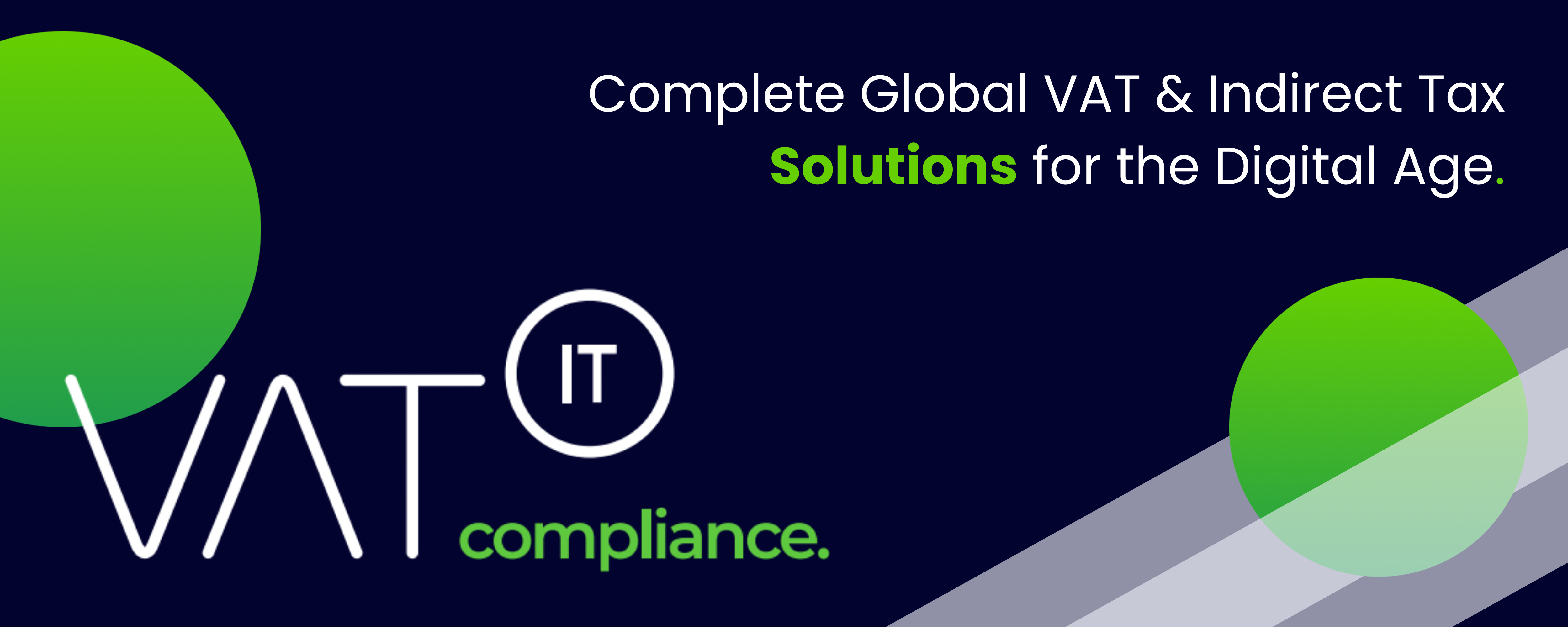Data is crucial for business and its volume is increasing rapidly. A strong data strategy is essential for accelerating overall business strategy, including in the tax department. The global tax compliance landscape is changing quickly, and using outdated data flows and techniques can expose companies to unnecessary risks and missed opportunities. New technology solutions, enterprise resource planning transformations, and use of data lakes are on the rise, but many companies still struggle with disparate data sources from multiple legacy financial systems. It’s time to rethink the data strategy for tax to address compliance challenges, support C-suite agendas, and ease burdens on tax teams. Here are five considerations to help move forward.
Source PwC
Latest Posts in "World"
- VAT Report Guide: Understanding the Nine-Box Financial Document for Business Compliance
- What is a Standard Audit File for Tax (SAF-T)? A Global Compliance Overview
- E–invoicing Developments Tracker
- How to map self-billing fields into UBL/CII for Peppol
- E-Invoicing Exchange Summit Singapore 2025 (Nov 24-26, 2025)















